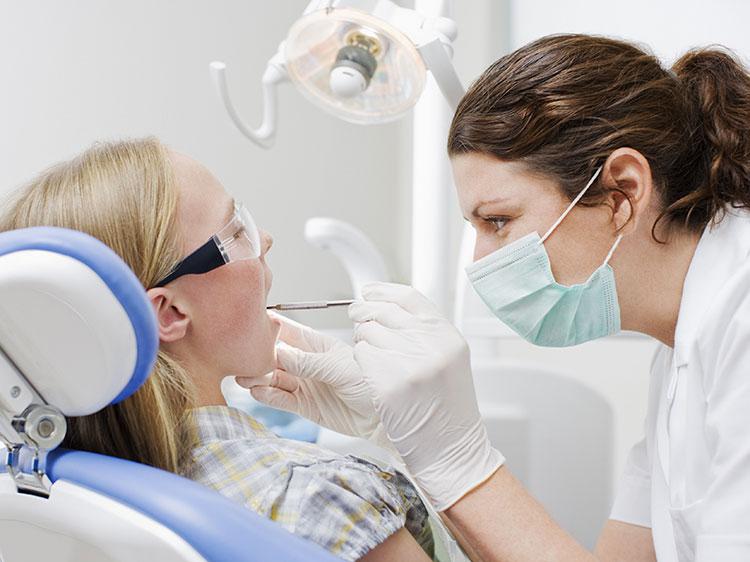
You might be curious about how to check your provider’s license if you have not yet received a dhs 6638 MHCP license. To be able to provide MHCP services in your own state, you must have all the necessary licenses. Here are some tips to help you determine whether a MHCP provider is eligible to obtain a dhs 6638.
MHCP provider's dhs 6638
MHCP providers need to know their rights and responsibilities under the Affordable Care Act. To comply with the law, they must follow the required procedures and provide information required by the program. They may be denied federal funding access if they don't follow the rules.

An MHCP provider must adhere to the federal provider screening regulations. This includes DHS 6638 compliance. Providers who are not licensed must submit a DHS-66638 along with a background study of the owner and managers. They will need to wait for the Department of Human Services in order to license them.
MHCP provider's dhs245D HCBS waiver license
To provide Medicaid-covered home care services, you will need a MHCP provider’s dhS245D waiver. These licenses are required for Medicaid and are required by Department of Health and Human Services. Here are the steps you need to follow if you are interested in applying.
You can begin by checking the provider’s licensing status. Unlicensed providers will be required to submit a Request for Licensing Authority ID Number (DHS-3891) in order to conduct background checks of owners and managers. The Department of Human Services will license your service after that.
Before you can bill a client you must get a license issued by the DHS. This license allows you to bill Medicaid. It is important to keep in mind that Medicaid will send payment under your DBA to the license holder. You must register your DBA with Office of Minnesota Secretary. If you don't, you could receive a rejection letter and/or a request for additional information.

Minnesota offers a waiver program that allows you to apply for Consumer Directed Community Supports (CDCS). This waiver program funds people with disabilities to manage their healthcare. DHS's Aging and Adult Services Division runs the program.
FAQ
What is a system of health in public health and what does it mean?
The health system refers to all activities involved with providing medical services to a community. It includes all aspects of service delivery, finance, regulation and education.
What are the three primary goals of a healthcare system?
Three of the most important goals for a healthcare system are to provide quality care at a reasonable cost, improve health outcomes, reduce costs, and help patients.
These goals have been incorporated into a framework known as Triple Aim. It is based off research by Institute of Healthcare Improvement. This was published by IHI in 2008.
This framework aims to ensure that we all focus on the same goals and can achieve each goal while not compromising other goals.
They don't compete against each other. They support one another.
For example, improving access to care means fewer people die due to being unable to pay for care. This decreases the overall cost associated with care.
The first goal of providing affordable healthcare for patients is achieved by improving the quality care. And it improves outcomes.
What are the three levels in health care facilities
First, there are general practice clinics that provide basic medical care for patients who don't need hospital admission. If necessary, they may refer patients to other providers. This can include nurse practitioners, general practitioners, and midwives.
The second level is primary care centers which offer comprehensive outpatient care, including emergency treatment. These include hospitals, walk in clinics, urgent care centres, family planning clinics and sexual health clinics.
The third level is secondary care centers which provide specialist services such as orthopedic surgery, eye surgeries, and neurosurgery.
Statistics
- Foreign investment in hospitals—up to 70% ownership- has been encouraged as an incentive for privatization. (en.wikipedia.org)
- For the most part, that's true—over 80 percent of patients are over the age of 65. (rasmussen.edu)
- About 14 percent of Americans have chronic kidney disease. (rasmussen.edu)
- Healthcare Occupations PRINTER-FRIENDLY Employment in healthcare occupations is projected to grow 16 percent from 2020 to 2030, much faster than the average for all occupations, adding about 2.6 million new jobs. (bls.gov)
- The healthcare sector is one of the largest and most complex in the U.S. economy, accounting for 18% of gross domestic product (GDP) in 2020.1 (investopedia.com)
External Links
How To
What is the Healthcare Industry Value Chain
All activities that are involved in providing healthcare services for patients make up the healthcare industry value chain. This includes all business processes at hospitals and clinics. It also includes supply chains that connect patients to other providers like pharmacists and insurance companies. The result is a continuum which starts with diagnosis and ends in discharge.
There are four components to the value chain:
-
Business Processes are the tasks carried out by employees throughout the entire health care delivery process. For example, a doctor may perform an exam and then prescribe medication. Each step must always be done quickly and accurately.
-
Supply Chains are all the organizations responsible for making sure the right supplies reach their intended recipients at the right time. A typical hospital has many suppliers. They include pharmacies as well lab testing facilities, imaging center, and even janitorial employees.
-
Networked Organizations (NO) - In order to coordinate the various entities, communication must exist between all parts of the system. Hospitals are often composed of many departments. Each department will have its own set office and telephone number. To ensure that everyone is up to date, every department will have a central point from which employees can access updates.
-
Information Technology Systems (IT) - IT is essential in order for business processes to run smoothly. Without it, things would fall apart quickly. IT can also be used to integrate new technologies into a system. For example, doctors can use a secure network connection if they want to integrate electronic medical records into their workflow.